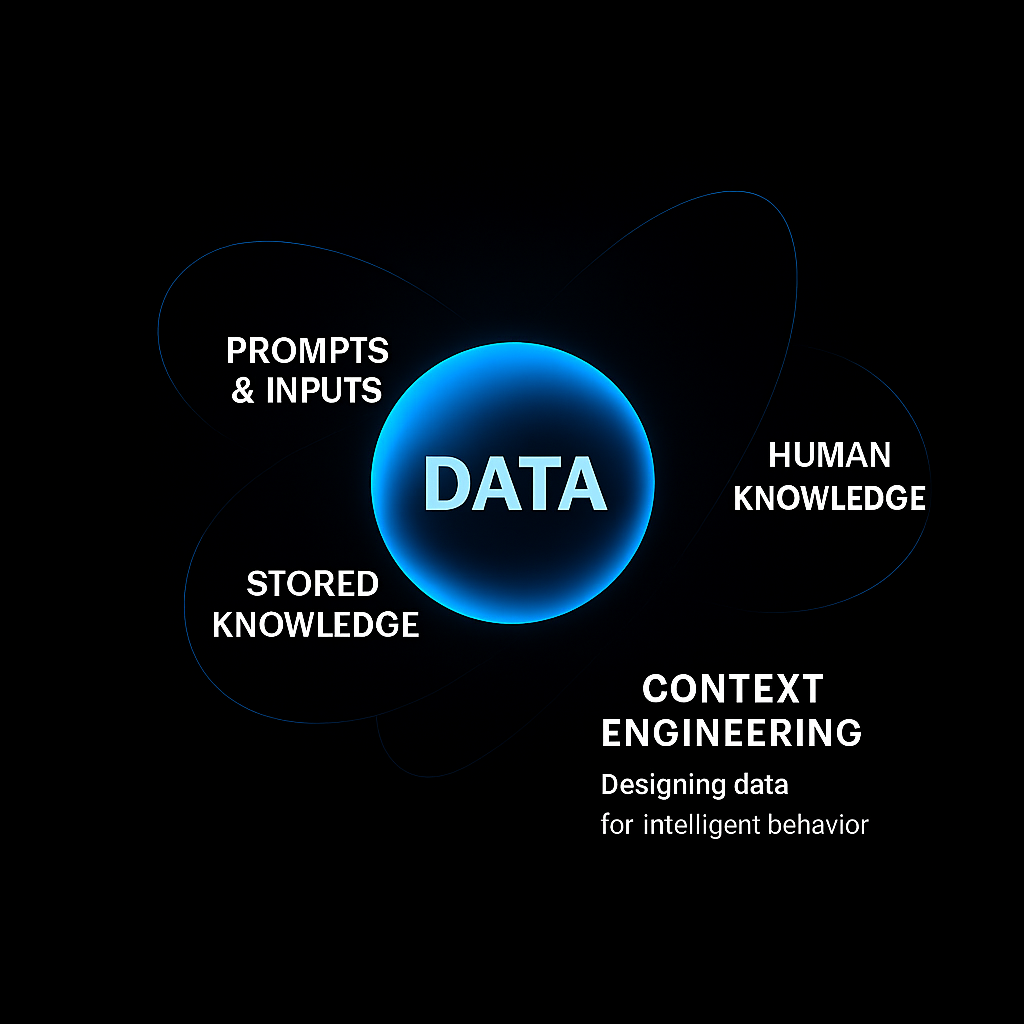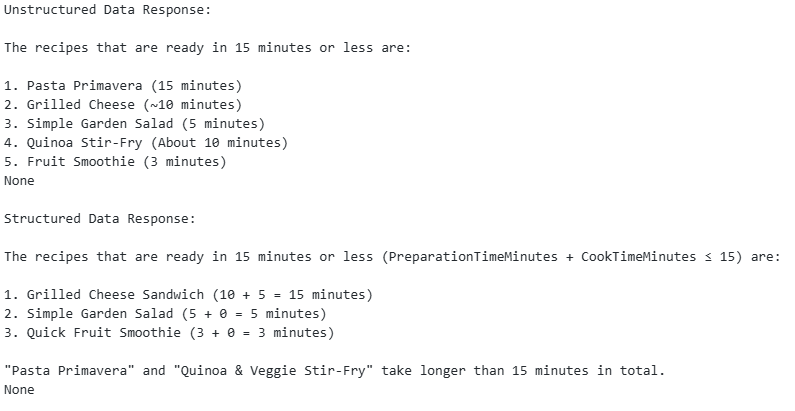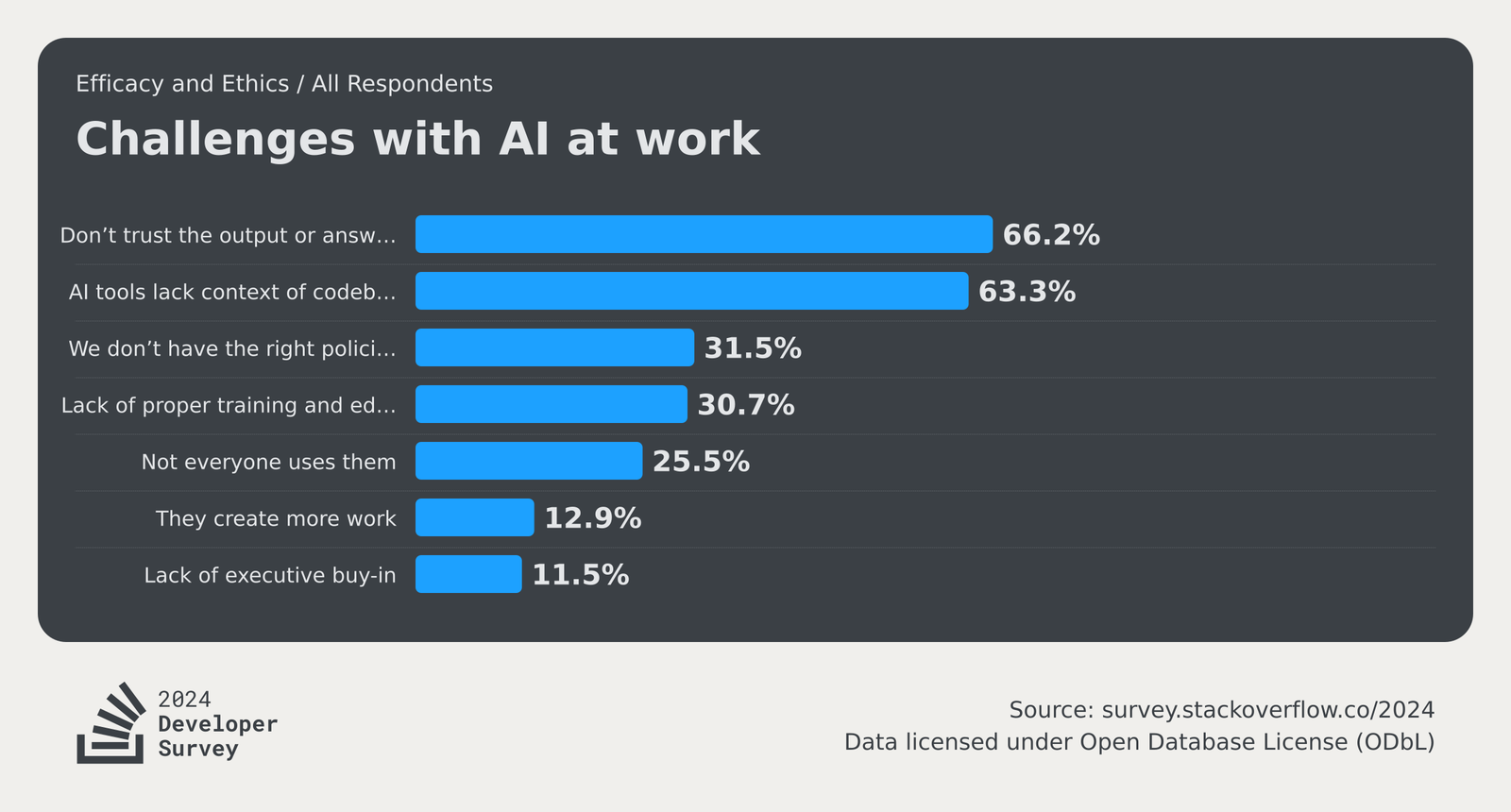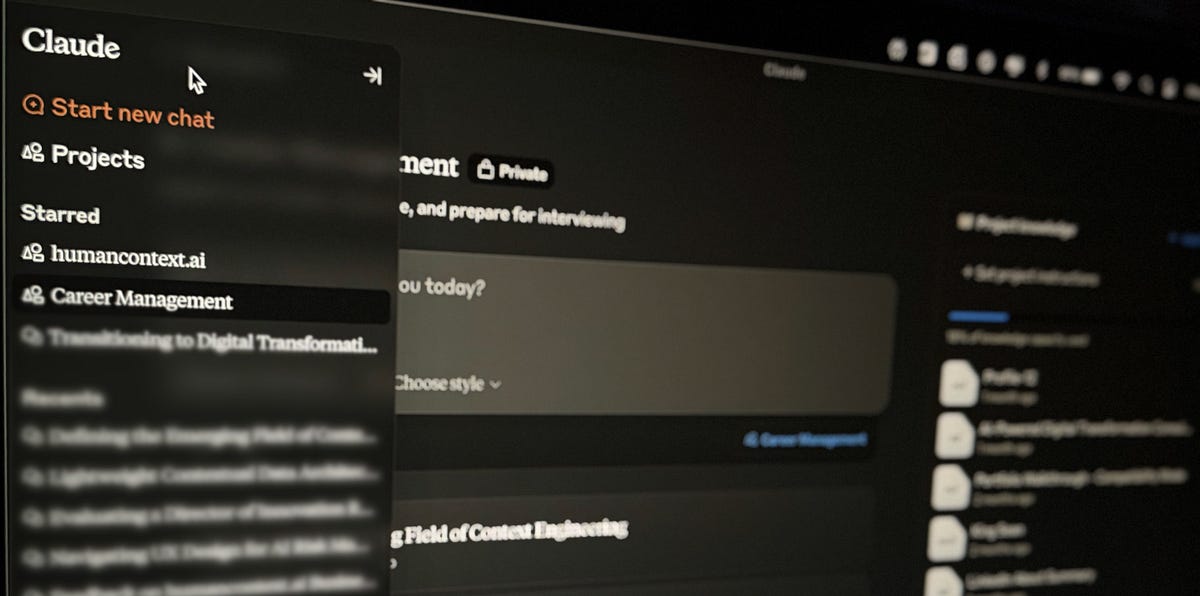What you build starts with what you store, and what you store shapes what you build.
Data often isn't seen as the exciting part of the dev stack and that doesn't bother me much. What pulled me toward data in DevRel was how essential it is and with my current focus in databases I appreciate the quiet centrality. Truly the unsung hero. I've seen tools change, frameworks come and go, but data has always been the stable thread amid the chaos of app dev.
Data is the nucleus for reliable intelligence. We always need it: the prompts, input, all that valuable information whether in some flavor of data storage, or our minds. Clean, structured, contextualized data could be defined as "AI ready", admittedly a loaded term, but what I mean here is data designed for intelligent systems to use effectively. With the rise of MCP, standardizing the delivery of data makes it easier for us to serve context, but how we shape and package it is just as important.
There's so much to learn about and cover in this space, and with AI in the mix I'm thinking about how we present information to models in AI apps. This is something I’ve been researching, experimenting with, and trying to articulate and illustrate how critical it is to consider the quality of the information you’re feeding the model for a "good" response, one that you'd give a "thumbs up" to.
After some digging, I came across the perfect term to describe it: Context Engineering. It's the emerging discipline for shaping your data inputs to make AI systems smarter, faster, and cheaper to run.
This multi-part series explores Context Engineering. What it means, why it matters, and how to structure your data layer to give AI the context it needs to actually work.
What Is Context Engineering?

Context Engineering is the practice of intentionally designing data to optimize how models reason, respond, and adapt.
Context Engineering is an umbrella term for most of the things we do today. Think of it as everything you already do at the data layer, with one the key difference of enabling intelligence. The data layer has always been a core architectural dependency, where the data is predictable and consistent, but in AI systems it's also a dynamic one. The contents, structure, and retrieval strategy influence model behavior at runtime.
Why is Context Engineering Important?
You have likely heard the phrase "garbage in, garbage out" when it comes to setting expectations of the type of results someone can expect from an AI system.
Let's do a simple experiment in a notebook. Consider these two data sets of recipes:

What discrepancies do you see? Is it clear to you which one has the messy data?
When I ask GPT 4.1 Mini, "Which recipes are ready in 15 minutes or less?", here's the output.

Notice how providing clarity about prep and cook time provides us an accurate assessment of the recipes?
While this is a very simple example, it's a common problem, and the data speaks for itself:
In a survey of 500 data and analytics professionals currently working with AI models 81% say their company has significant data quality issues.
Another survey of 200 data professionals, 68% said they weren’t completely confident in the quality of the data that powers their AI applications
In the Stack Overflow’s 2024 Developer Survey, a majority of over 30,000 developers say they don’t trust AI output, and that AI tools lack the context of their codebase and internal systems. It’s hard to not see the connection, why would you trust it when it doesn't understand your business logic, code, etc?

Closing
Context Engineering is technically not new, but it's not data science, data engineering, or data modeling. It's a somewhat niche focus, at least in the name. We do it when we refine our prompts or efficiently chunk our embeddings, but it's technically a distinct layer of AI design focused on data preparation for AI apps.
I'm still learning about this, so I'm not sure how long this series will go, there's a lot to cover so enjoy the ride!
Next up is understanding how today's discoveries in AI have changed how we approach data ingestion, management, security, and maintenance. Stay tuned!
Sources

This was the first article I read. I liked how it explained that Context Engineering is really just a clearer name for things many of us are already doing. The AI dev landscape has put it in the spotlight. The author, Sean King, has a collection of writing on the subject. Check out the collection after reading this one!
Find the rest of my sources on this subject in my growing digital garden.
Thanks for reading!
I’m Jasmine. A chaotic good technologist, educator, and professional overthinker. On a mission to make tech more accessible, and whole lot more sensible.

